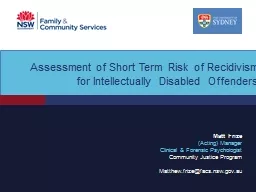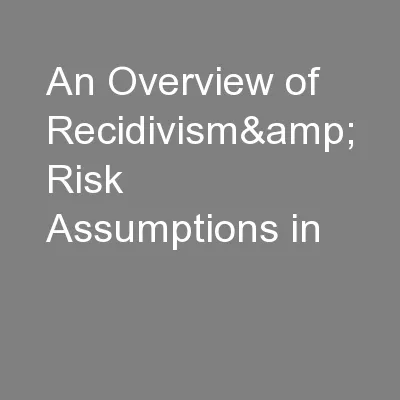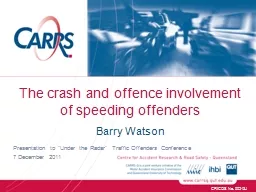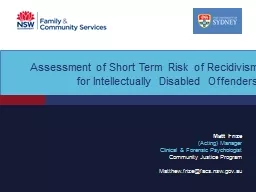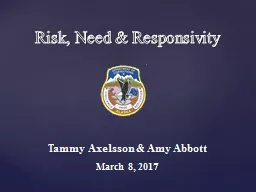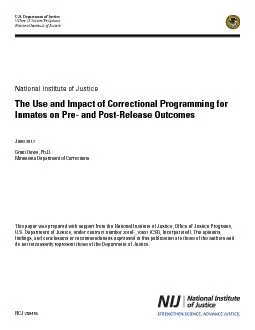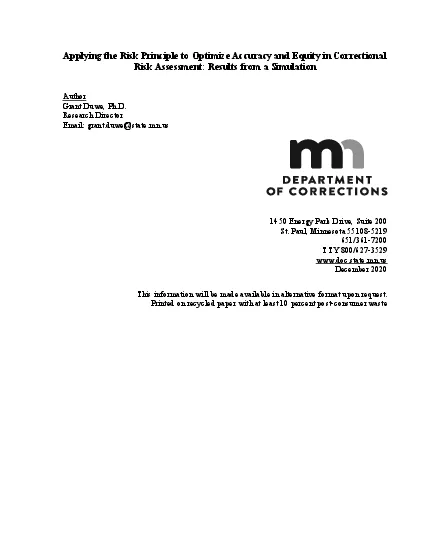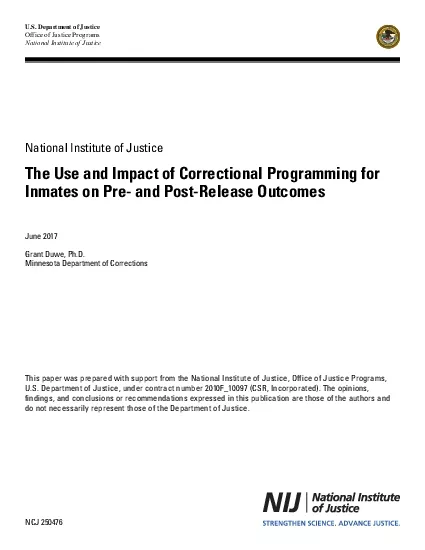PPT-Assessment of Short Term Risk of Recidivism for Intellectually Disabled Offenders
Author : celsa-spraggs | Published Date : 2019-01-22
Matt Frize Acting Manager Clinical amp Forensic Psychologist Community Justice Program Matthewfrizefacsnswgovau Thanks Prof Doug Boer Uni of Canberra Prof Alex
Presentation Embed Code
Download Presentation
Download Presentation The PPT/PDF document "Assessment of Short Term Risk of Recidiv..." is the property of its rightful owner. Permission is granted to download and print the materials on this website for personal, non-commercial use only, and to display it on your personal computer provided you do not modify the materials and that you retain all copyright notices contained in the materials. By downloading content from our website, you accept the terms of this agreement.
Assessment of Short Term Risk of Recidivism for Intellectually Disabled Offenders: Transcript
Download Rules Of Document
"Assessment of Short Term Risk of Recidivism for Intellectually Disabled Offenders"The content belongs to its owner. You may download and print it for personal use, without modification, and keep all copyright notices. By downloading, you agree to these terms.
Related Documents

